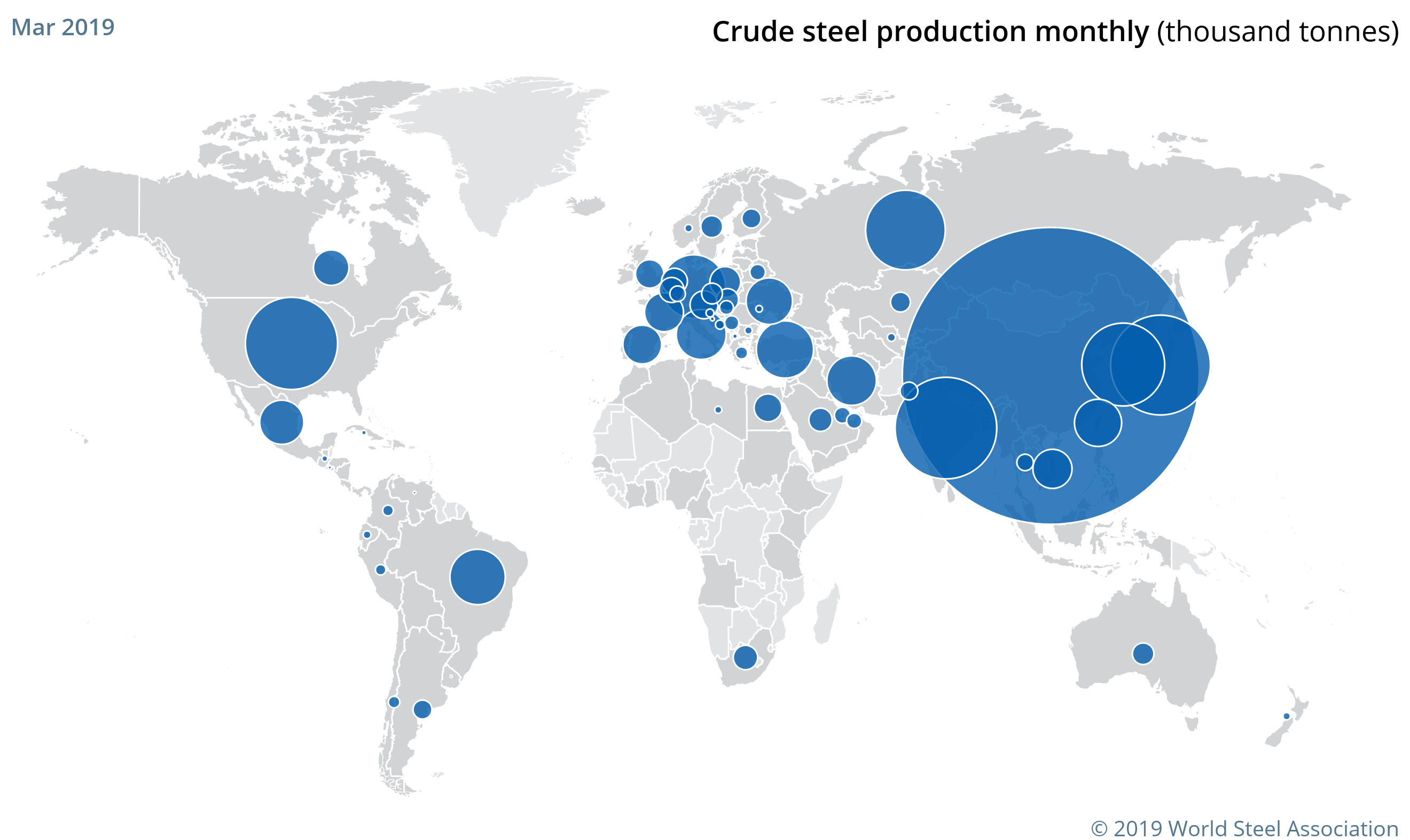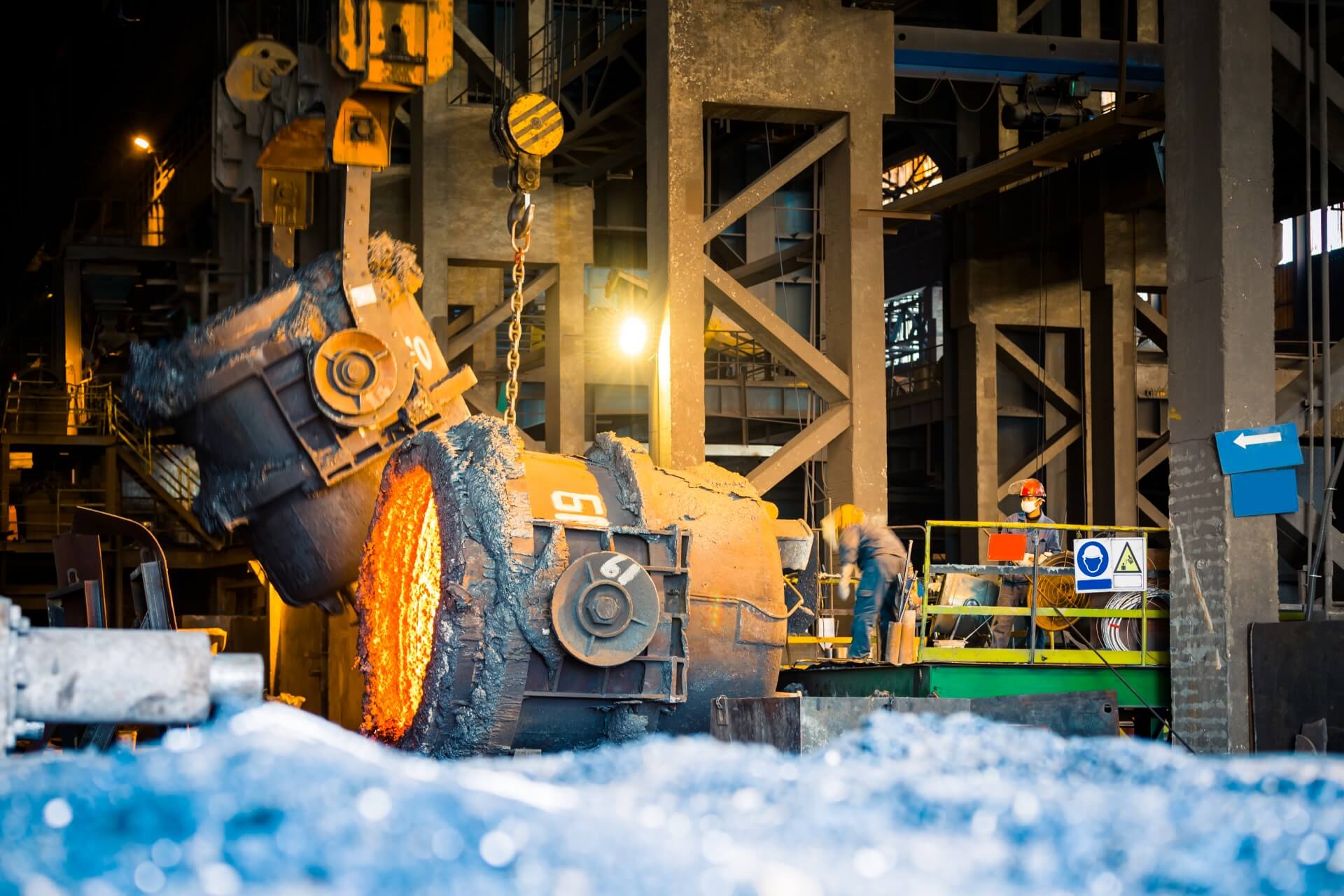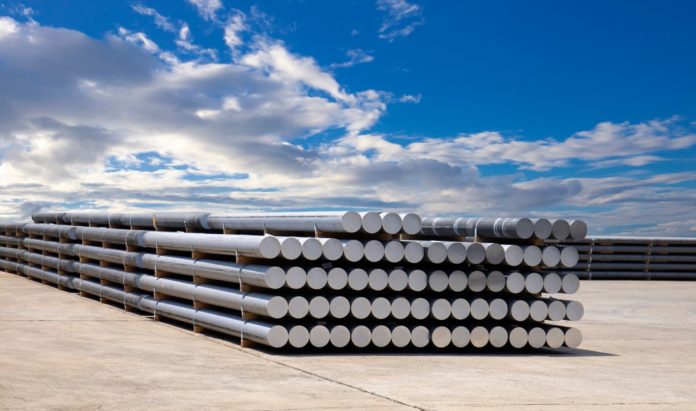Short Range Outlook notes uncertainty over trade and financial market volatility that will continue to influence industrial activity, and may pose further downside risks.
The World Steel Assotiation issued its semi-annual forecast of global steel demand, projecting that total consumption of steel will increase 1.3% year-over-year for 2019 to 1.735 billion metric tons. Expansion will be even smaller in 2020, rising just 1.0% year-over-year to 1.752 billion metric tons.
“In 2019 and 2020, global steel demand is expected to continue to grow, but growth rates will moderate in tandem with a slowing global economy,” offered Al Remeithi, chairman of the WorldSteel Economics Committee. “Uncertainty over the trade environment and volatility in the financial markets have not yet subsided and could pose downside risks to this forecast.”
In 2018, global steel demand increased by 2.1%, the beginning of the slowing trend following the significant rise in demand for 2017.
In 2019 and 2020 growth will continued but in a less favorable economic environment. “China’s deceleration, a slowing global economy, and uncertainty surrounding trade policies and the political situation in many regions, suggest a possible moderation in business confidence and investment,” WorldSteel noted.

China
Chinese steel demand continues to decelerate due to economic rebalancing and trade uncertainty, which contribute to slower rates of investment and sluggish manufacturing performance.
“In 2020, a minor contraction in Chinese steel demand is forecasted as the (government) stimulus effects are expected to subside,” according to WorldSteel.

Steel demand in the developed economies grew by 1.8% in 2018, following 3.1% growth in 2017. The forecast calls for further slowing in 2019 (0.3%) and 2020 (0.7%), due to deteriorating global trade.
U.S.
In 2017-18, steel demand in the U.S. benefitted from strong growth driven by government-led fiscal stimulus, boosting business confidence and overall employment. In 2019, slower U.S. growth is forecast as fiscal stimulus and a monetary policy normalization. Both construction and manufacturing growth are expected to moderate. Investment in oil-and-gas exploration is forecast to decelerate too, and no improvement based on infrastructure spending is expected.
EU
The EU economy is slowing thanks to decelerating global trade and uncertainty over Brexit. “We expect slower growth in demand for steel in the major EU economies (especially in those more export dependent) in 2019,” WorldSteel noted. “Steel demand growth is expected to improve in 2020, dependent on a reduction in trade tensions.”

















































